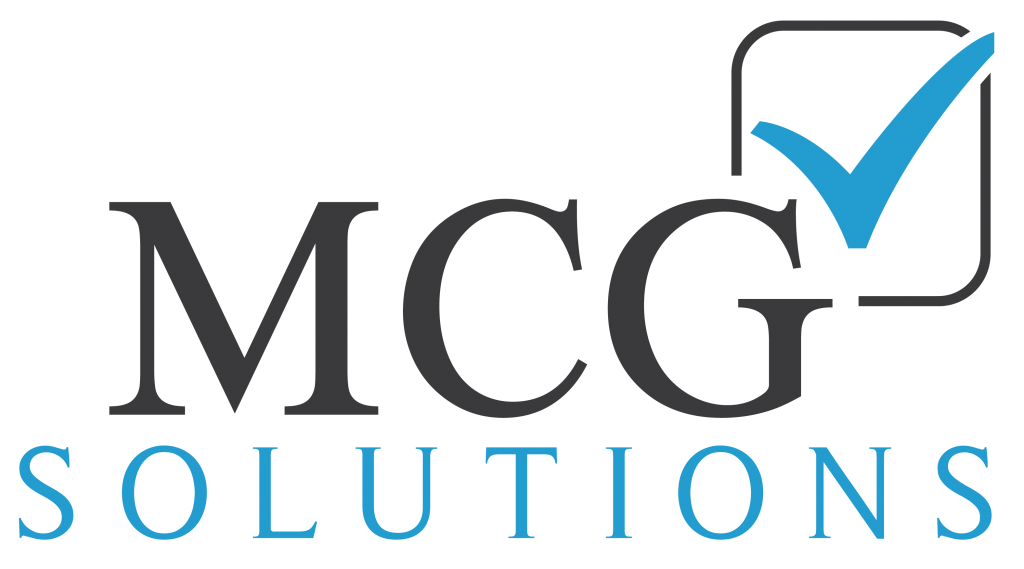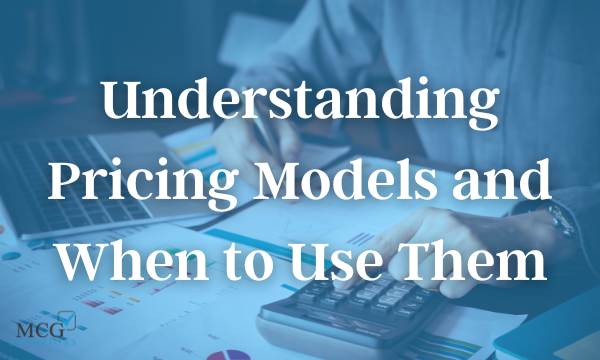Pricing a product is a critical aspect of any business strategy. Your prices can significantly impact your success—but how do you know what to charge?
The right pricing model for your company takes factors such as production costs, customer demand, competition and brand perception into account. To navigate this complex decision, small businesses should learn about various pricing strategies and when to use them effectively.
Consider costs
Before deciding on a pricing strategy, analyze the costs associated with producing your product or offering your service. These costs can be divided into three categories: materials, labor and overhead. By calculating the total cost of output, you can ensure that your prices cover all expenses and allow for a reasonable profit margin.
Decide on a target profit margin
To set your pricing goals, you’ll need to decide how much profit you want to make per unit or per customer. This can be expressed as a specific dollar amount or as a percentage of revenue, known as the profit margin. Seek guidance from industry benchmarks and professional associations to ensure your profit goals align with standard practices in your field.
Know your audience
Knowing your target audience and their motivations is crucial in determining the most effective pricing strategy. Conduct market research to gather insights on demographics and customers’ priorities when making a purchase. This data will help you tailor your pricing strategy to meet your current or ideal customers’ preferences and expectations.
Get familiar with the competition
While you don’t need to use your competitors’ exact pricing strategies, studying their approach can provide valuable insights. Conduct thorough research on businesses offering similar products and analyze their pricing models. Online tools like Google Alerts and Google Trends can help you monitor competitors’ activities and stay informed about market trends.
Decide on a pricing strategy
Based on the information gathered in the previous steps, it’s time to select a pricing strategy that aligns with your business objectives. Here are some common pricing strategies to consider:
- Cost-plus: This straightforward model involves calculating production costs and adding the desired profit margin to set the product’s price. While simple to communicate and justify, it doesn’t always consider factors like brand image and competition.
- Competitive: In saturated markets, where businesses struggle to stand out, this strategy involves adjusting prices in response to competitors. Convincing customers of your superior product or service is key if you wish to charge more.
- Dynamic: Also known as demand pricing, this strategy involves varying prices based on demand, location and time. It’s commonly used in industries with fluctuating demand, such as airlines.
- Market share: Focused on maximizing market share, this strategy initially offers products at lower prices to attract customers. As your market share grows, you can gradually increase prices. Building brand loyalty is crucial to retain customers in the long term.
- Value-added: This approach focuses on the perceived value customers attach to your product. If your offering stands out from the competition and provides added value, customers may be willing to pay a higher price.
Watch and adjust accordingly
Pricing is an ongoing process that requires regular monitoring and adjustments. Keep an eye on competitors’ pricing, market changes and your production costs. Be prepared to modify your prices to stay competitive and maintain profitability.
MCG Solutions offers professional bookkeeping and tax services for small businesses. To learn more about how our services can support your company, reach out to our team today.

